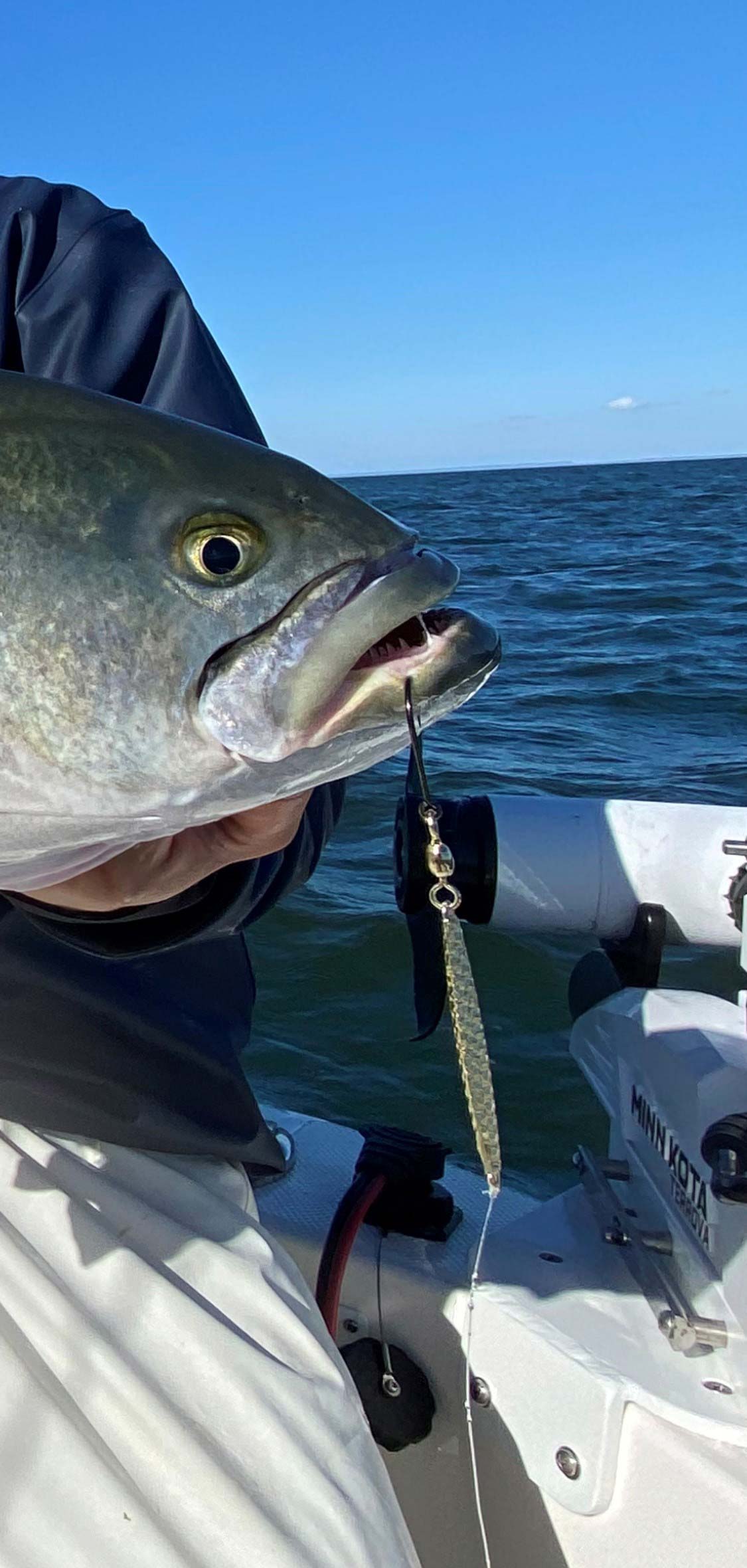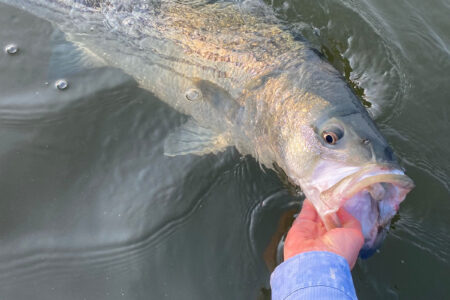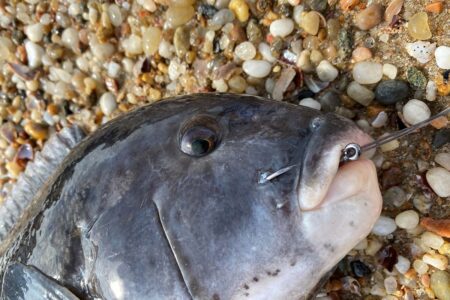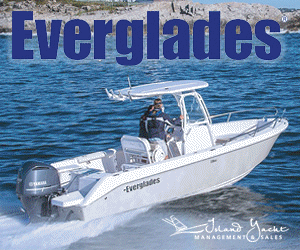
Truthfully in terms of a fishing lure, it doesn’t get any simpler than a diamond jig.
What’s the hardest known natural material? I hope you said a diamond and not your stubborn friend’s head. So, what does a diamond, an eating utensil and some medical supplies have in common? You’re about to find out.
Take a slim piece of metal and attach a hook to it. Truthfully in terms of a fishing lure, it doesn’t get any simpler than a diamond jig (sorry bucktail fans); that basic style started it all. Sure, there have been tweaks and variations over the years; some are enhanced by a tuft of bucktail, some are hammered with dimples like a golf ball, holographic stickers adorn others, and some have a colored piece of surgical tube attached to the hook; but, for the most part the standard has remained unchanged. The old salties call it the “Ava” jig — they are also sometimes referred to as “spoons” so don’t be confused by the lingo. You could even put on your “plug surgeon” cap, drill a couple of holes in an actual spoon, tie your line to one end and a hook on the other, cast it out and see what happens; talk about simple. Stripers love them, blues go crazy for them, fluke will give them a taste and when their buddy albie shows up, he can’t resist them either. They are durable and inexpensive and should definitely have a slot reserved in your plug bag.
For the typical diamond jig, the most common weight is a 007, which weighs .07 ounces Then there is the A17 which is 1.7 ounces, the A27 at 2.7 ounces, and the A47 coming in at 4.7 ounces.
If there is very little current, pretend you’re James Bond and start with a 007. If there is a stronger sweep, a little windy or you need to send it deep over a sand bar, switch to an A17. The heavier A27 will sit deeper in the water column which is great for an inlet and that weight will help you cast far when a stiff wind is in your face.
Color-wise the three usual suspects for our area: red, white, and green. The color is a result of the small rubber surgical tube that covers the shank of the hook. White is probably the most common one you’ll see and is very versatile. Red when slowly dragged on the bottom looks like a sand or blood worm a striper delicacy, and green, bluefish can’t seem to resist it.
As mentioned previously, there are a lot of styles and shapes. Some are flashy and dressed up more than others. Definitely own a few choices of the standard rubber tubed version, but also check out a T-Hex from A.O.K Tackle Co., and the various sizes and colors of a Deadly Dick, especially when the Albies make their way to our shores. Always buy from your local tackle shop and pick their brain as to what works best and when.
These lures are one of the better choices to throw from the beach for two reasons; they target multiple species and their casting ability. Because of their weight and relatively streamlined shape, they cut through the wind with ease and allow you to cast quite a distance — which is great if you’re trying to land it over a sand bar or just to impress your friends. They’re excellent if you’re in the middle of a blitz also. The straightforward one-hook design and being bluefish tooth proof allows you to unhook and get to casting immediately: no rebaiting or swapping out damaged plugs gives you an efficient turnaround to quickly send another cast into the boil. What color works best? Should you use a slow retrieve dragging bottom or a crazy fast retrieve to spark a finned multicolored torpedo to pursue your offering? As I said earlier, these are basic looking, and unlike other lures; these are ones that catch more fish than fisherman.




